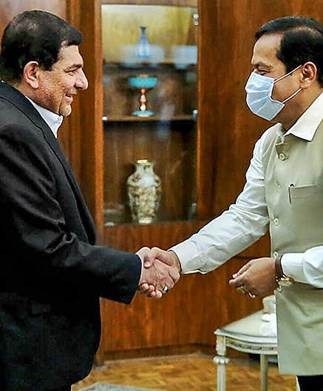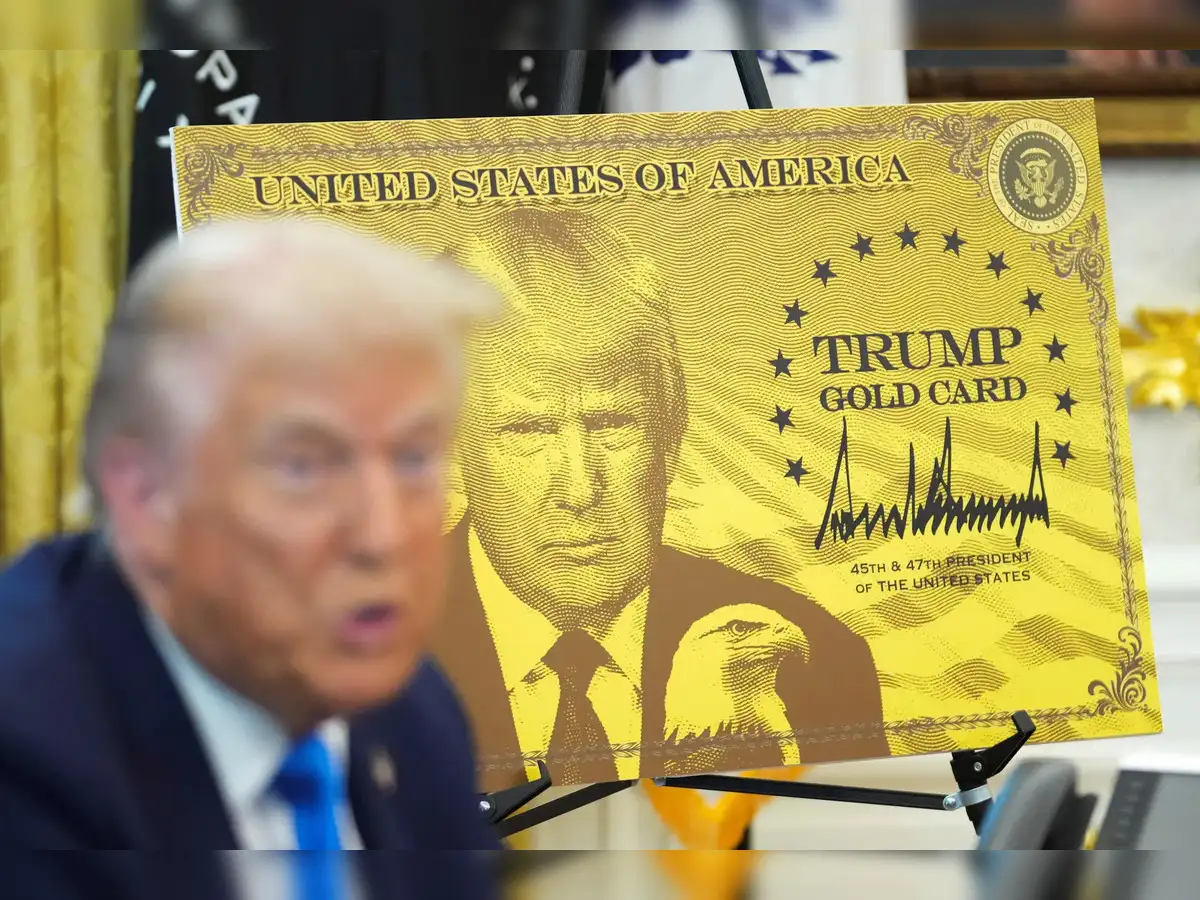Description

Copyright infringement is not intended
Context: In a bid to aid the movement of seafarers between the two countries, India and Iran signed a memorandum of understanding on recognition of Certificates of Competency in Unlimited Voyages to help seafarers from both countries as per the provisions of the International Convention on Standards of Training, Certification and Watch Keeping for Seafarers, 1978.
Details:
- The MoU was signed during a bilateral meeting between the Union Minister for Ports, Shipping and Waterways and Ayush, Sarbananda Sonowal and Iranian Minister of Roads and Urban Development Rostam Ghasemi. Mr. Sonowal is on a three-day visit to Iran.
- The Union Minister reiterated the importance of the bilateral relationship between the two countries.
- The role of Chabahar as a trade multiplier for the region was highlighted by the Union Minister at the meeting as the potential of the port to act as a swift, economical trade conduit between Central Asia and South Asia, even South East Asia, remains to be tapped fully.
- The Minister also called on Iranian Vice-President Mohammad Mokhber. Mr. Mokhber, who is Iran’s special envoy for relations with India, said the development of the Chabahar port would lead to an increase in trade and shipment volume.
- Since India Ports Global Private Ltd. (IPGPL) assumed the operations of Shahid Beheshti Port, it has handled over 4.8 million tonnes of bulk cargo.
- With close cooperation between India’s IPGPL and Iranian stakeholders including Iran’s Port and Maritime Organisation, Iranian Customs Administration and the Chabahar Free Zone Authority, the Shahid Behesti Port Authority & other stakeholders, the port is likely to act as a catalyst to unlock the huge trade potential in the region.
- In 2020, India supplied 75,000 tonnes of wheat to Afghanistan as part of a humanitarian assistance programme as well as provided for 40,000 litres of Malathion and 96% ULV pesticides to Iran via the Chabahar port in an effort to mitigate locust threat to agriculture and enhance food security in the region.
Chabahar Port:
- It is located in the Indian Ocean in the Sistan province of Iran.
- The Chabahar port is considered a gateway to golden opportunities for trade by India, Iran and Afghanistan with central Asian countries.
- The port, which is easily accessible from India's western coast, is increasingly seen as a counter to Pakistan's Gwadar Port which is being developed with Chinese investment.
- Chabahar Port provides an option of alternate supply route to everyone, thus reducing the importance of Pakistan with respect to trade.
- It is located on the Gulf of Oman and is only 72 km away from the Gwadar port in Pakistan which has been developed by China.
- China is aggressively pursuing its own Belt and Road Initiative (BRI) under the One Belt One Road (OBOR) project.
- In future, the Chabahar project and the International North South Transport Corridor (INSTC) will complement each other by optimising Indian connectivity with Russia and Eurasia.
- Also, it gives India direct access to Afghanistan and other Central Asian Republics
Background:
- India-Iran relations span millennia marked by meaningful interactions.
- The two countries shared a border till 1947 and share several common features in their language, culture and traditions.
- Both South Asia and the Persian Gulf have strong commercial, energy, cultural and people-to-people links.
Political relations
- India and Iran signed a friendship treaty on March 15, 1950.
- Before the Iranian Revolution of 1979, the Shah of Iran visited India twice (March 1956 and February 1978) and Prime Minister Jawaharlal Nehru visited Iran in 1963. Prime Minister Indira Gandhi and Prime Minister Morarji Desai visited Iran in April 1974 and June 1977 respectively.
- After the Iranian Revolution, Prime Minister Narasimha Rao visited Iran in 1993 and President Rafsanjani paid a visit to India in 1995.
- The trend was enhanced at the turn of the millennium with the visit of Prime Minister Shri Atal Bihari Vajpayee to Tehran in April 2001 wherein the two countries signed the “Tehran Declaration” which set forth the areas of possible cooperation between the two countries.
- President Mohammad Khatami visited India from January 24-28, 2003 as the Chief Guest at the Republic Day parade. Both sides signed “The New Delhi Declaration” which set forth the vision of strategic partnership between India and Iran.
- Prime Minister Dr. Manmohan Singh visited Iran to attend the 16thNon-Aligned Movement (NAM) Summit held in Tehran from August 28-31, 2012.
- Prime Minister Shri Narendra Modi paid a bilateral visit to Iran from May 22-23, 2016. Prime Minister called on the Supreme Leader Ayatollah Khamenei and held delegation level talks with President Rouhani. A Joint Statement titled “Civilizational Connect, Contemporary context” was released.
- Hassan Rouhani, President of Iran, paid his first State Visit to India from February 15-17, 2018.
Bilateral Consultative Mechanisms
- The two countries have in place several Bilateral Consultative Mechanisms at various levels which meet regularly. These include the Joint Committee Meeting (JCM) chaired at the Ministerial level, the Foreign Office Consultations chaired at the Foreign Secretary level, and the Joint Consular Committee Meeting at the level of Joint Secretary/DG.

Defence relations
- Both India and Iran also consult each other on security matters.
- There are regular bilateral exchanges at the level of National Security Advisors and Deputy National Security Advisors.
Economic and Commercial Relations
- India-Iran commercial ties were traditionally dominated by Indian import of Iranian crude oil.
- In 2018-19 India imported US$ 12.11 bn worth of crude oil from Iran.
- The bilateral trade during 2019-20 was $4.77 billion, a decrease of 71.99% as compared to the trade of $17.03 billion 2018-19.
- What is significant is that Indian exports to Iran between 2011-12 and 2019-20 have grown by 45.60%.
- Both countries are negotiating a Preferential Trade Agreement
- The Trilateral Transit Agreement (Chabahar Agreement) was signed by the three transport ministers of India, Iran and Afghanistan in the presence of Prime Minister Shri Narendra Modi, President Dr. Rouhani and President Ashraf Ghani in May 2016.
Humanitarian Assistance
- India has also helped Iran in times of natural disasters and health emergencies.
- India delivered aid that included PPE kits and PCR machines to Iran in April 2020 during the COVID-19 crisis.
- In 2019, India provided 103 tonnes of aid to Iran during the floods that ravaged the country.
- In June 2020, India supplied Malathion pesticide to Iran to fight the menace of desert locusts.
Indian community
- The Indian community in Iran comprises around 5000 Indian nationals.
- There is a high-level commitment in both countries to promote and facilitate people-to-people contacts.
https://epaper.thehindu.com/Home/ShareArticle?OrgId=G6HA6BH8S.1&imageview=0












